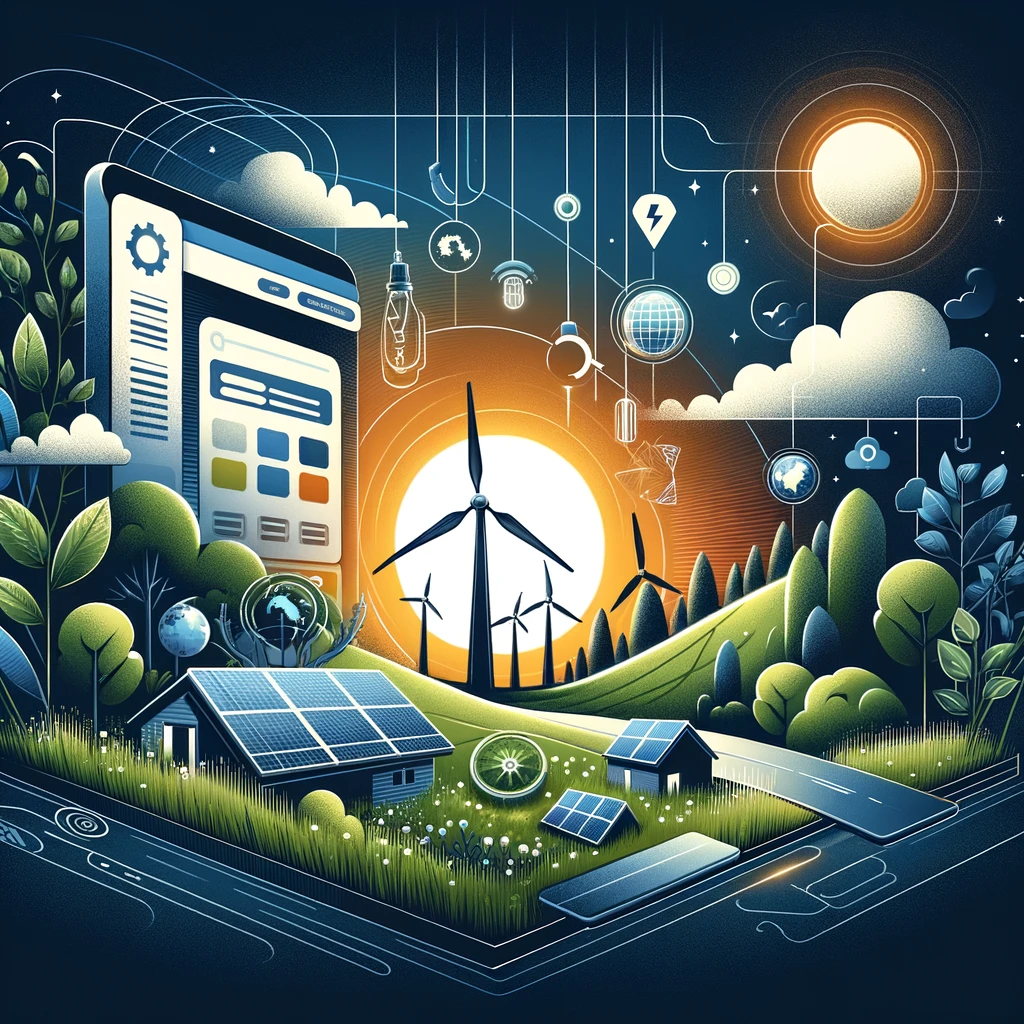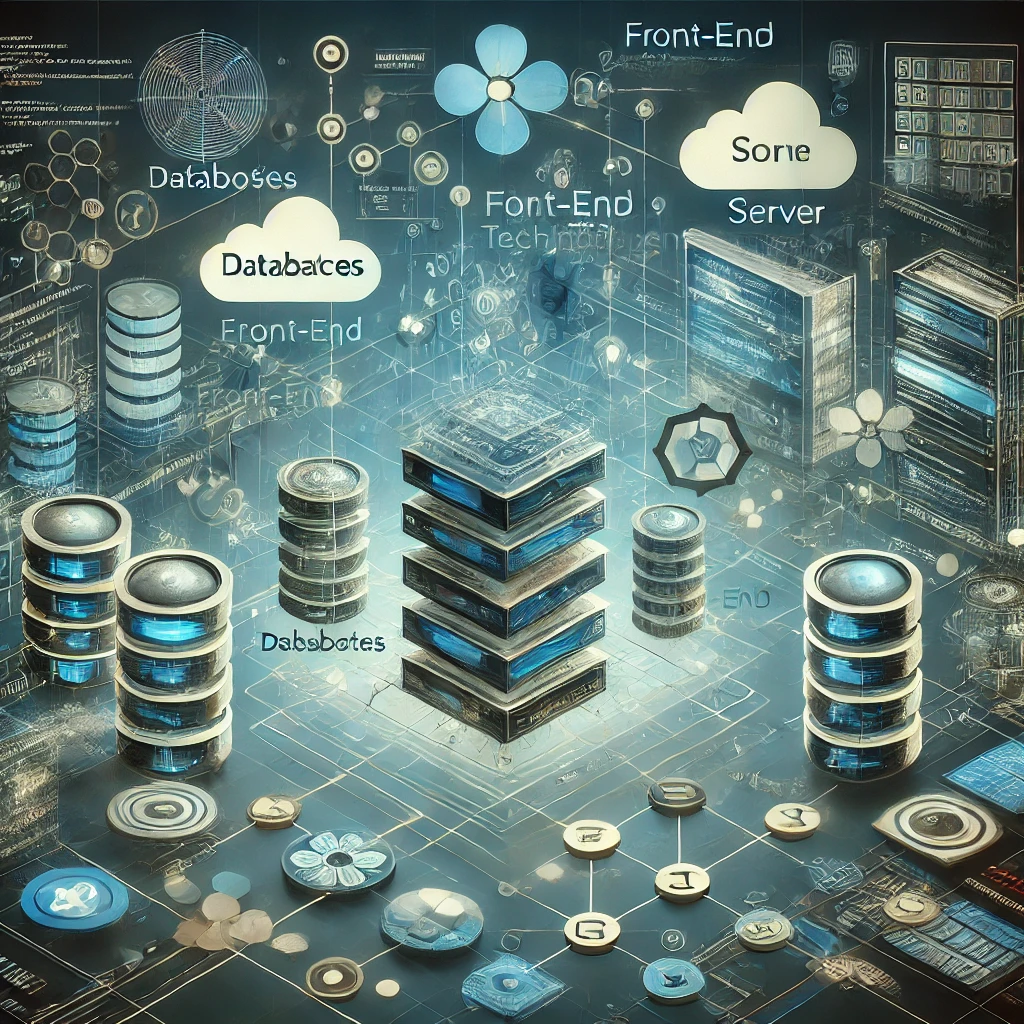In an era where digital presence is ubiquitous, the impact of web design extends beyond aesthetics and functionality. It plays a pivotal role in environmental sustainability. As the digital world grows, so does its carbon footprint, making it imperative for web designers to adopt sustainable practices. This approach ensures that websites not only meet the current needs of users but also contribute to a healthier planet.
Emphasizing Efficiency and Performance for Web Designing Sustainability
A cornerstone of sustainable web design is optimizing for efficiency and performance. By minimizing the size of web pages through efficient coding, compressed images, and streamlined content, websites can significantly reduce energy consumption. This not only enhances the user experience by speeding up load times but also decreases the energy used by servers and devices, contributing to lower carbon emissions.
Choosing Green Hosting
Selecting a green hosting provider is another critical step towards a sustainable web design. These providers use renewable energy sources to power their data centers, substantially reducing the environmental impact of online activities. By hosting websites on green servers, brands can ensure that their digital footprint is as environmentally friendly as possible.
Adopting Dark Mode Design for Web Design Sustainability
Implementing a dark mode option for websites can further sustainability efforts. Dark mode reduces the amount of light emitted by screens, lowering energy consumption on devices with OLED or AMOLED displays. This feature not only offers users a choice in how they view content but also aligns with energy-saving practices.
Conclusion
Sustainable web design is not just a trend; it’s a necessity for the future of our planet. By focusing on efficiency, choosing green hosting, and implementing energy-saving features like dark mode, web designers can lead the charge in reducing the digital world’s environmental impact. Embracing these best practices for web design sustainability ensures that our digital advancements are in harmony with our commitment to preserving the environment.




